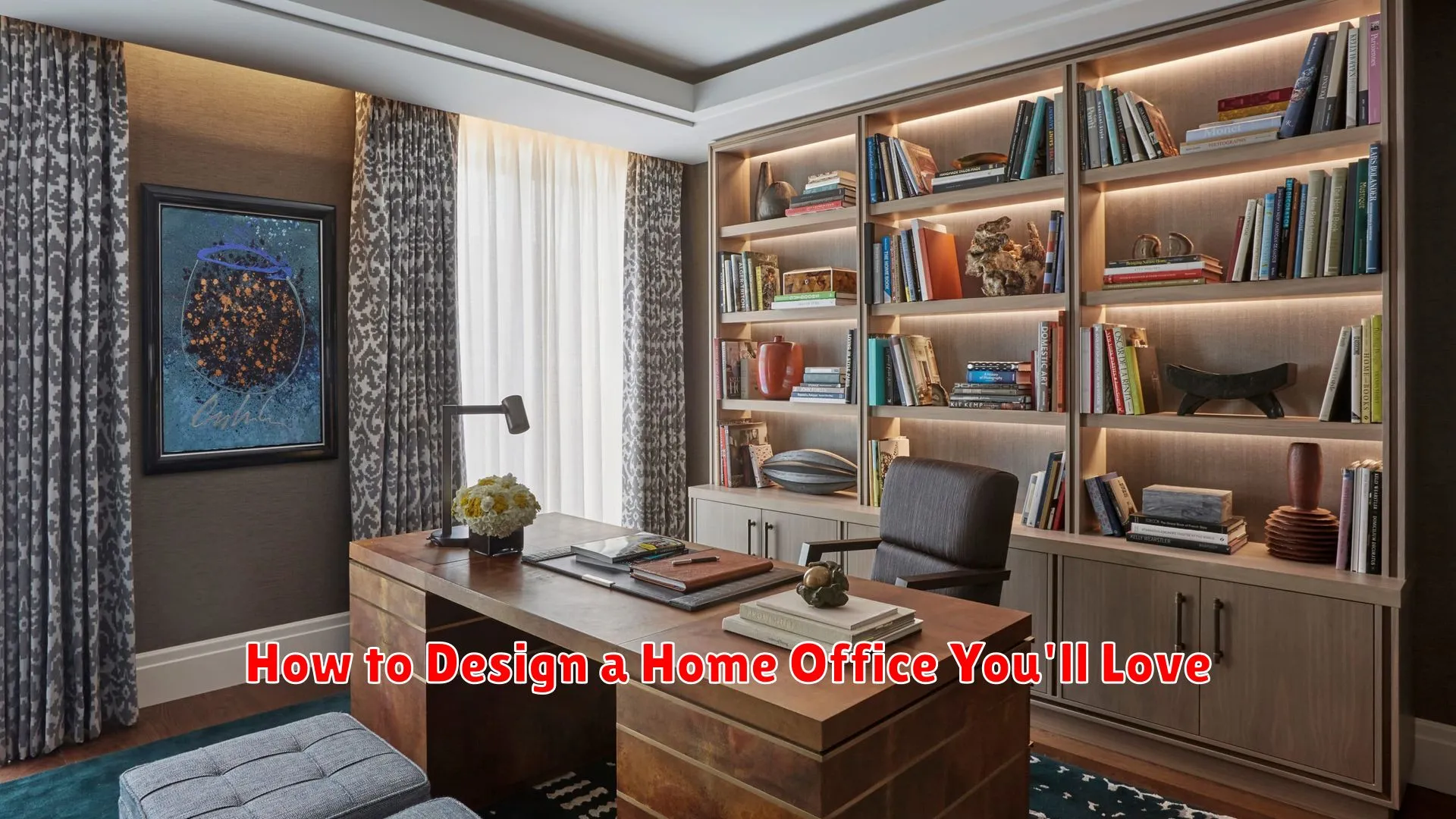Discover how to create a home office that sparks joy and productivity in our guide on designing a workspace you’ll adore.
Choosing the Perfect Location
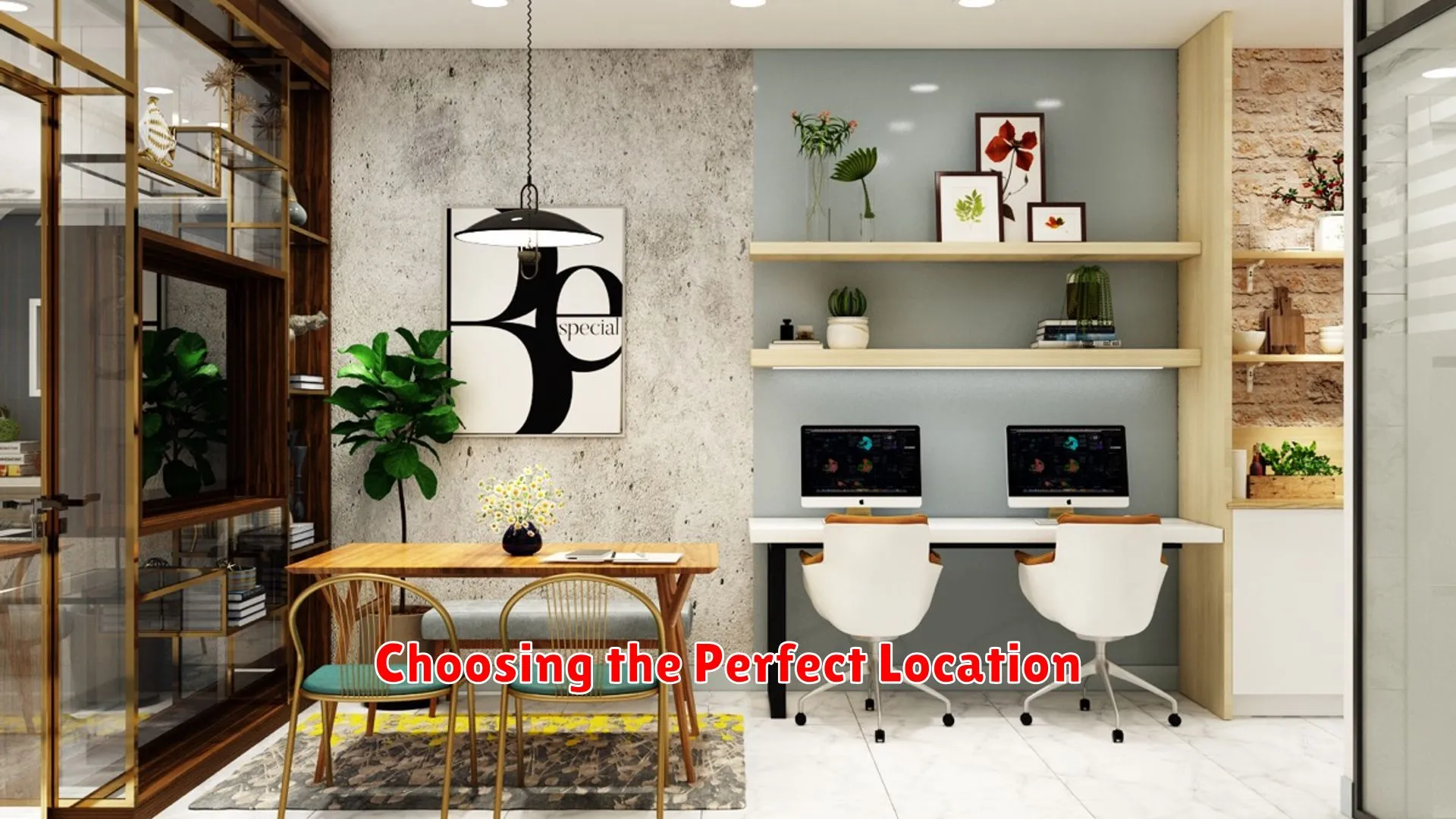
When designing a home office that you’ll love, one of the key factors to consider is choosing the perfect location. The ideal location for your home office should be based on your working habits, personal preferences, and the type of work you do.
1. Consider Natural Light: Select a spot with ample natural light to boost productivity and create a pleasant working environment. Position your desk near a window to enjoy the benefits of natural light throughout the day.
2. Privacy and Distractions: Evaluate the level of privacy needed for your work and choose a location that minimizes distractions. A quiet corner away from high-traffic areas in your home can help you focus and be more productive.
3. Functionality and Comfort: Ensure that the location you choose allows for proper ergonomics and comfort. Consider factors such as access to power outlets, good ventilation, and sufficient space to accommodate your work essentials.
4. Inspiration and Creativity: Create a space that inspires creativity by incorporating elements that reflect your personal style and interests. Choose a location that encourages motivation and helps you stay inspired throughout your workday.
Ergonomic Furniture for Productivity
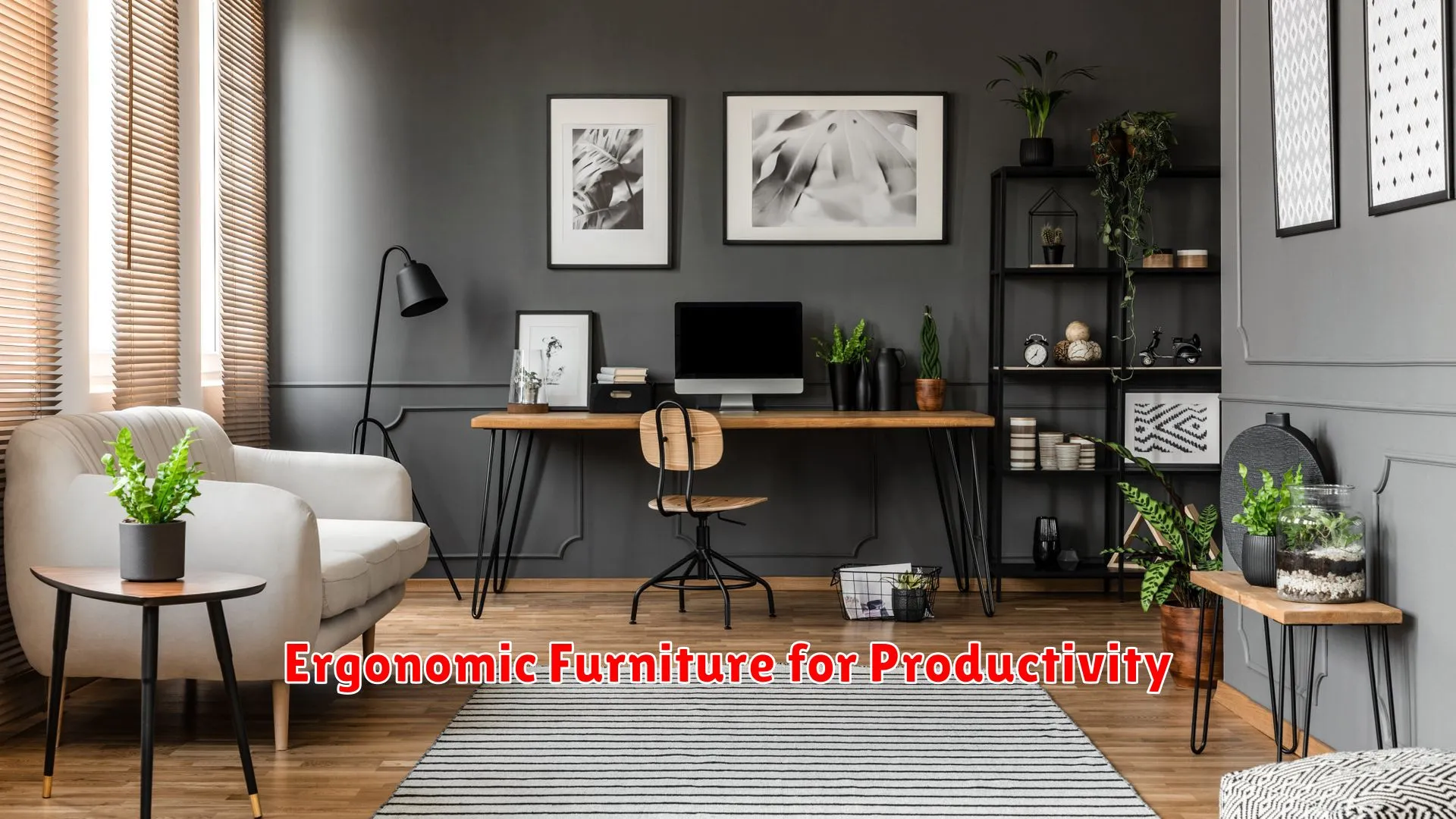
In order to design a home office that enhances productivity and promotes well-being, choosing ergonomic furniture is crucial. Ergonomic furniture is designed to support the body in a way that minimizes strain and discomfort, allowing you to work comfortably for extended periods of time.
1. Ergonomic Chair
The most essential piece of ergonomic furniture for your home office is a high-quality ergonomic chair. Look for a chair that provides proper lumbar support, adjustable height and armrests, and promotes good posture. This will help reduce back pain and fatigue, allowing you to focus on your work.
2. Height-Adjustable Desk
Investing in a height-adjustable desk is another key element in creating a comfortable and functional home office. Being able to switch between sitting and standing throughout the day can improve circulation, reduce sedentary behavior, and boost productivity.
3. Monitor Stands and Keyboard Trays
Consider adding monitor stands to elevate your screens to eye level and keyboard trays to maintain a neutral wrist position. These accessories can prevent neck and wrist strain, allowing you to work more efficiently and comfortably.
4. Task Lighting
Proper task lighting is essential to reduce eye strain and create a conducive work environment. Choose adjustable lighting that can be positioned to eliminate glare and shadows, ensuring a well-lit workspace.
Organizational Systems
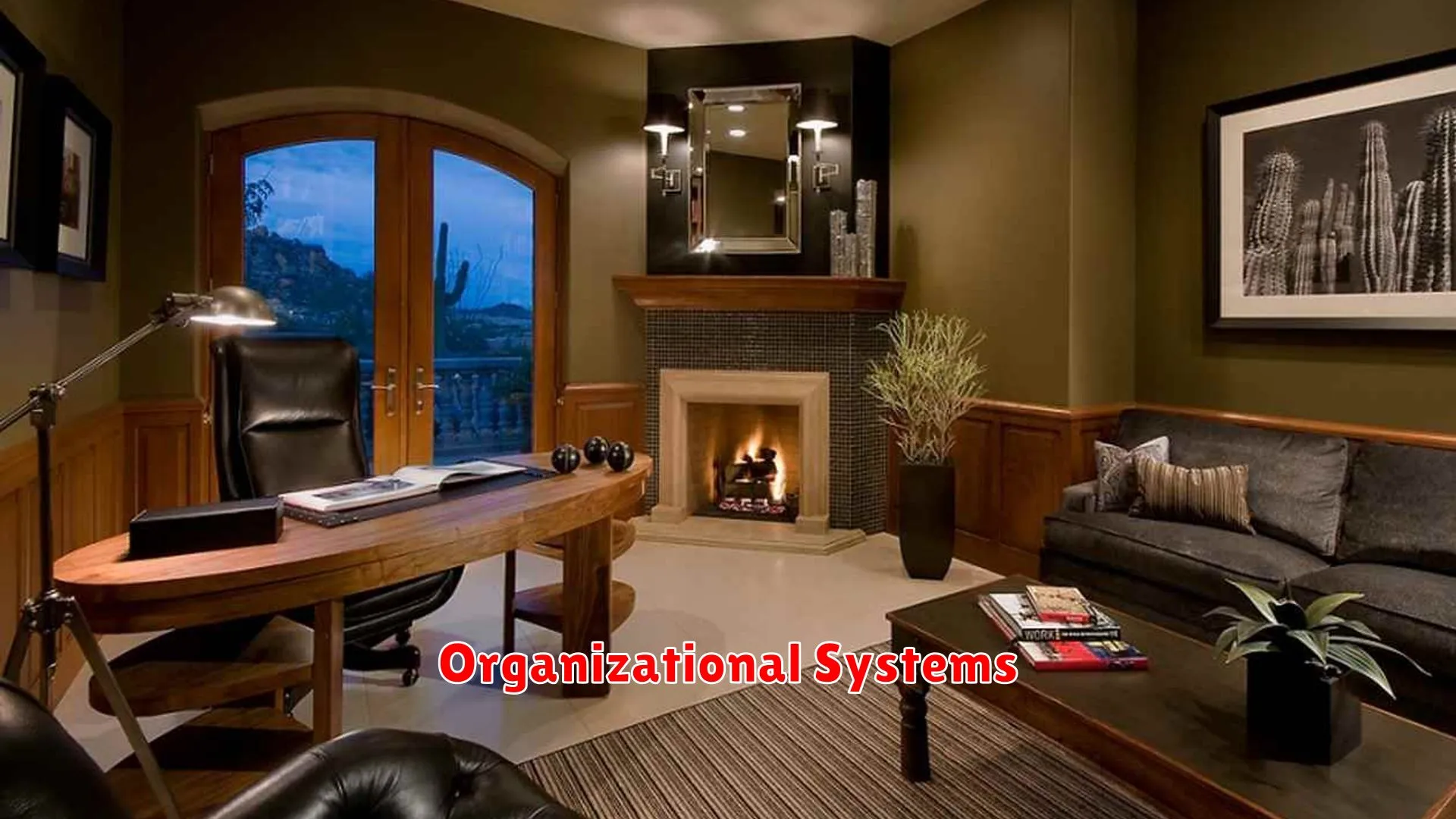
When designing a home office you’ll love, incorporating effective organizational systems is key to creating a productive and inspiring workspace. Here are some tips to help you streamline your home office setup:
1. Declutter Regularly
Keep your workspace tidy and clutter-free by decluttering regularly. Designate specific storage areas for different items such as files, office supplies, and personal items to maintain a sense of order.
2. Invest in Storage Solutions
Utilize shelves, cabinets, drawers, and bins to store your belongings efficiently. Invest in storage solutions that fit your space and needs, such as file organizers, desktop caddies, and wire racks to optimize storage capacity.
3. Create a Filing System
Establish a clear filing system to categorize and organize documents, bills, and other important papers. Use labels, folders, and color-coding techniques to easily locate and retrieve information when needed.
4. Utilize Desk Organizers
Desk organizers such as pen holders, trays, and desktop organizers can help keep your work surface clutter-free and your essential items within reach. Choose organizers that complement your office decor and encourage productivity.
5. Implement Digital Organizational Tools
Take advantage of digital organizational tools to streamline your workflow. Use cloud storage services, project management apps, and calendar tools to keep track of deadlines, tasks, and important dates effectively.
Personalizing Your Space
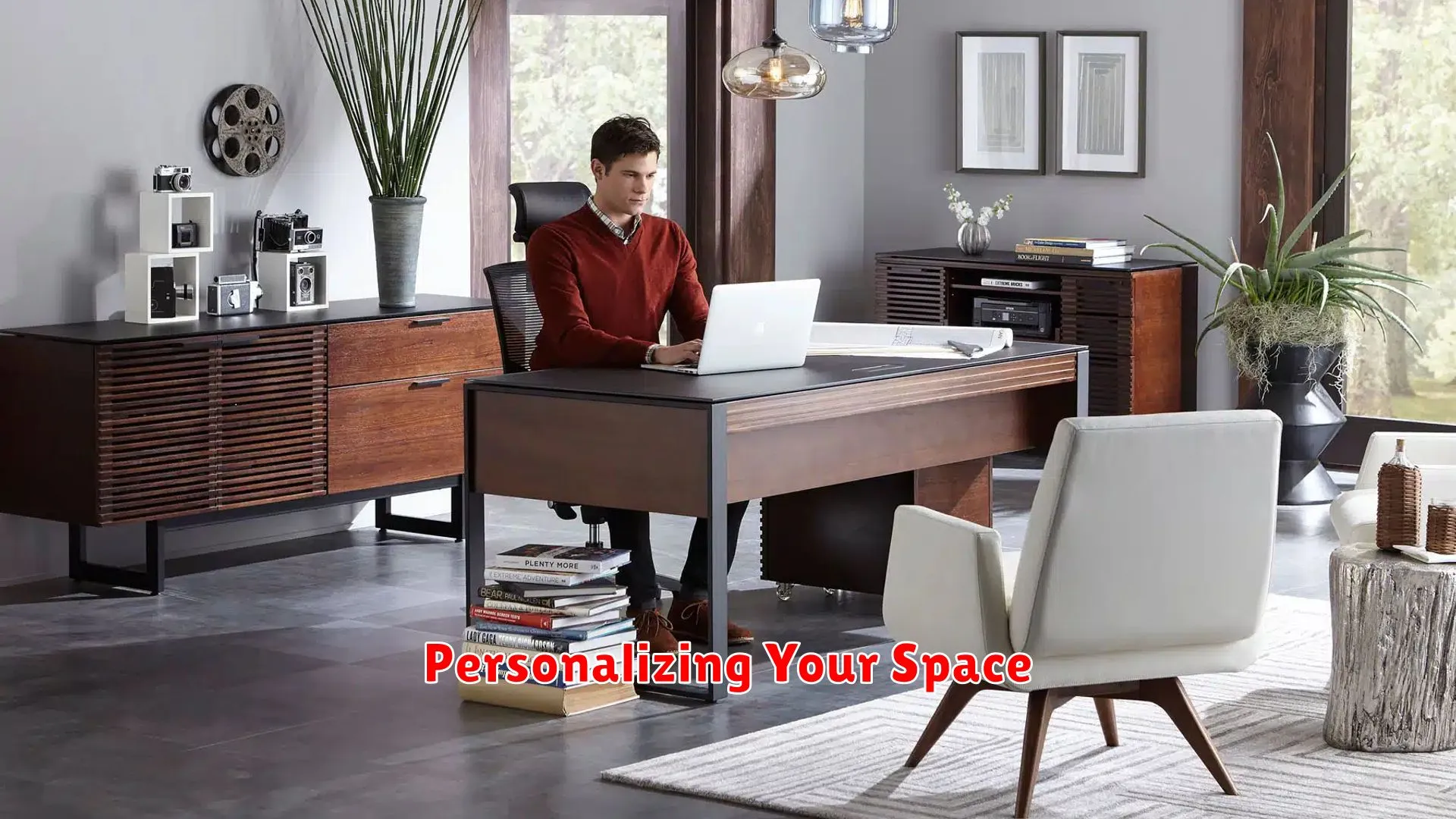
When it comes to designing a home office you truly love, personalization is key. It’s important to create a space that reflects your unique style, preferences, and needs. Here are some tips to help you personalize your home office:
- Choose a Color Scheme: Select colors that resonate with you and create the ambiance you desire. Whether you prefer calming blues, energizing yellows, or sophisticated neutrals, your color choices can set the tone for your workspace.
- Showcase Your Personality: Display items that inspire you, such as art pieces, family photos, or mementos from travels. These personal touches can make your home office feel inviting and motivational.
- Organize with Style: Incorporate storage solutions that not only keep your space organized but also add to its aesthetic. Utilize decorative bins, shelves, or file organizers that blend function with style.
- Comfort is Key: Ensure your workspace is comfortable by choosing ergonomic furniture, adequate lighting, and cozy elements like throw pillows or rugs. A comfortable space can enhance your productivity and overall enjoyment of your home office.
- Add Greenery: Bring in some plants to introduce a touch of nature into your home office. Not only do plants improve air quality, but they also add a refreshing element to your workspace.
By incorporating these personalization tips, you can design a home office that reflects your individuality and creates a space you’ll love to work in every day.
Lighting for Focus
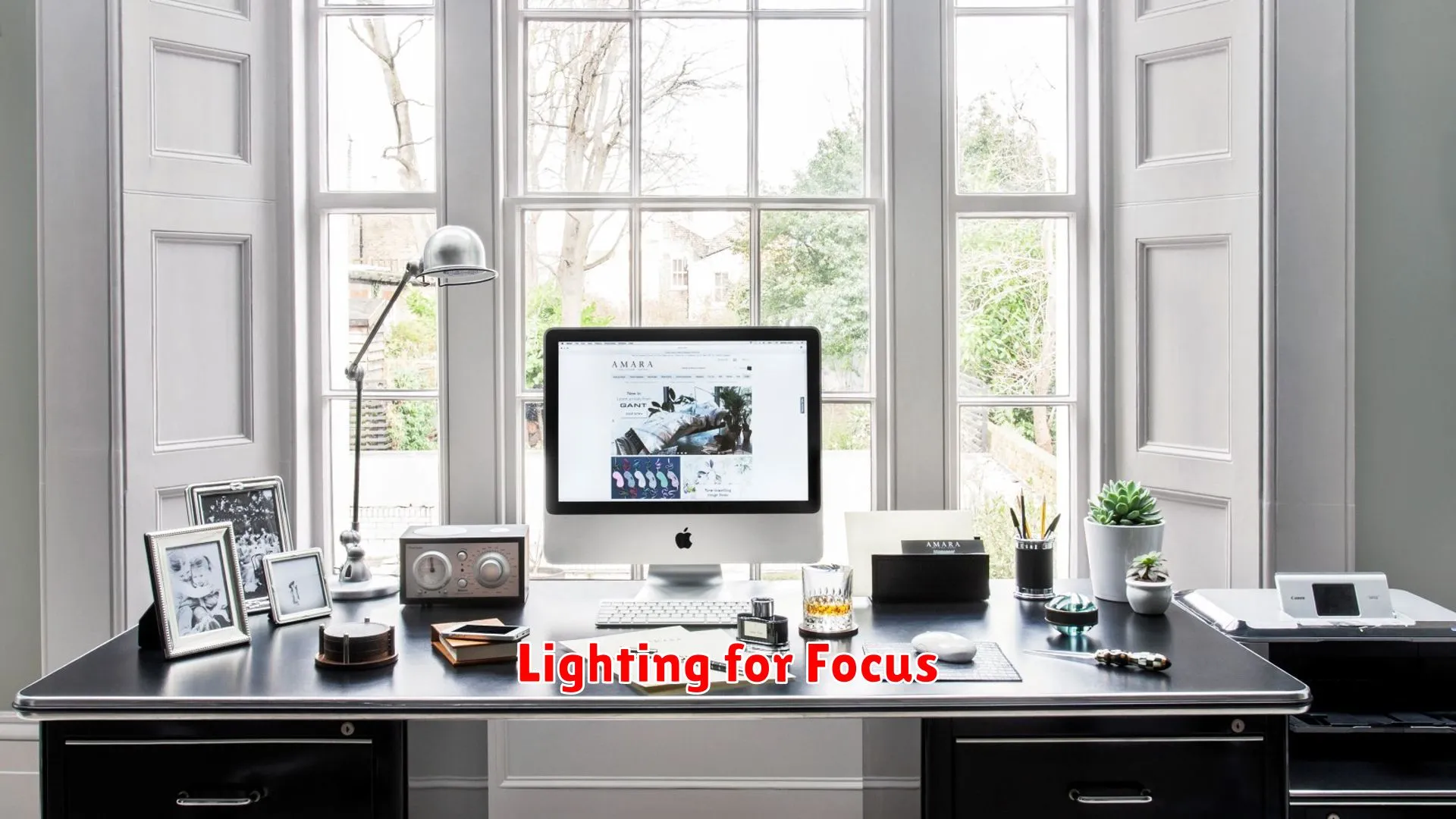
When designing a home office you’ll love, lighting plays a crucial role in creating a productive and comfortable workspace. Proper lighting can enhance focus, reduce eye strain, and boost your overall well-being.
Natural Light
Utilize natural light as much as possible by placing your desk near a window. Natural light not only brightens up the space but also helps regulate your circadian rhythm, improving productivity and mood.
Task Lighting
For focused work, incorporate task lighting such as desk lamps or adjustable spotlights. Position the lights to avoid glare on your computer screen and provide direct illumination to your work area.
Ambient Lighting
Ambient lighting sets the overall mood in your home office. Consider using soft, indirect lighting sources such as floor lamps or wall sconces to create a warm and welcoming atmosphere while you work.
Dimmer Switches
Install dimmer switches to adjust the lighting intensity based on your tasks and preferences. Having control over the brightness can help set the right ambiance and tailor the lighting to different activities throughout the day.
Light Temperature
Choose the right light temperature for your office. Cool-toned lights promote alertness and focus, while warmer tones can create a more relaxed setting for reading or winding down after work.
Conclusion
In conclusion, designing a home office you’ll love involves creativity, functionality, and personalization to create a productive and inspiring workspace.

